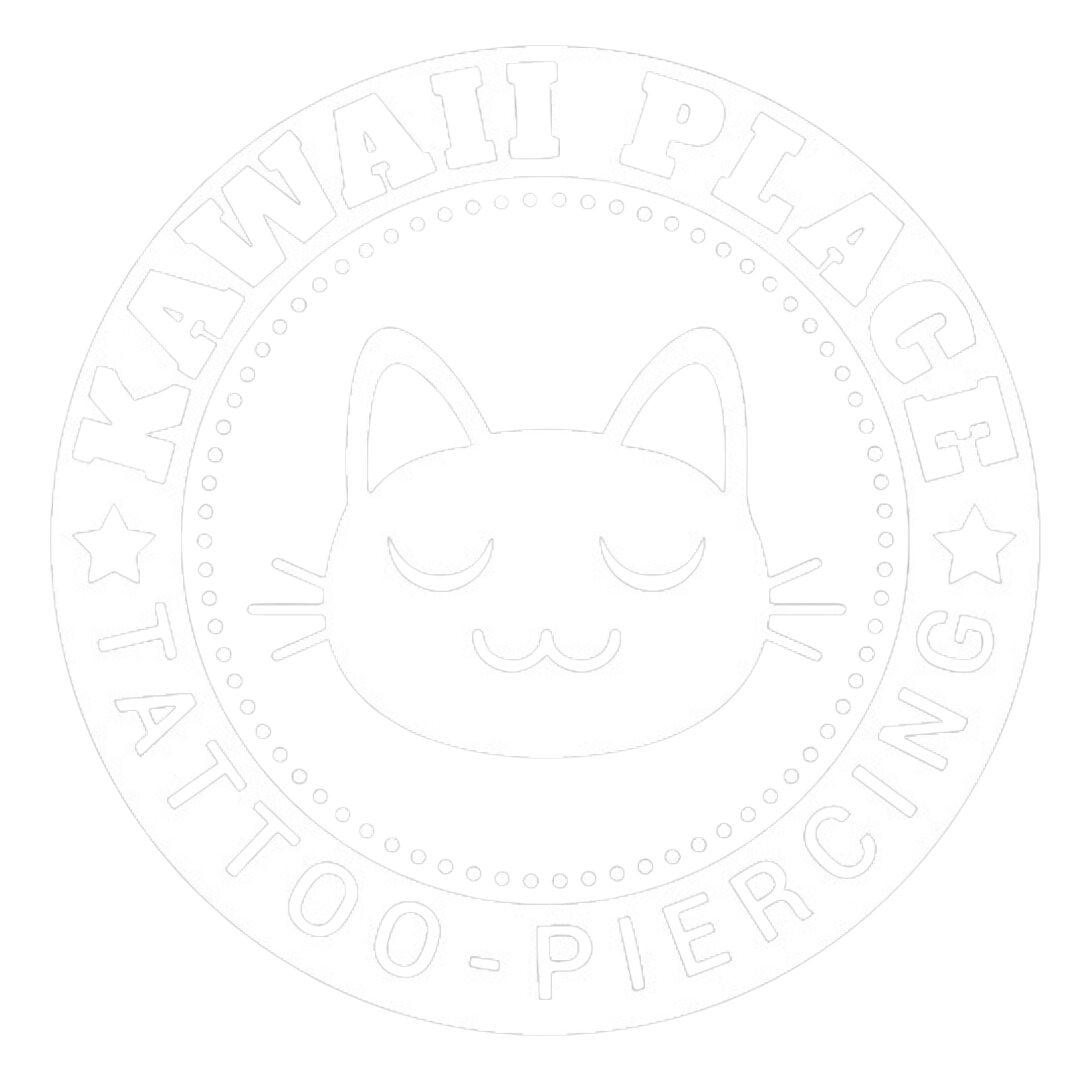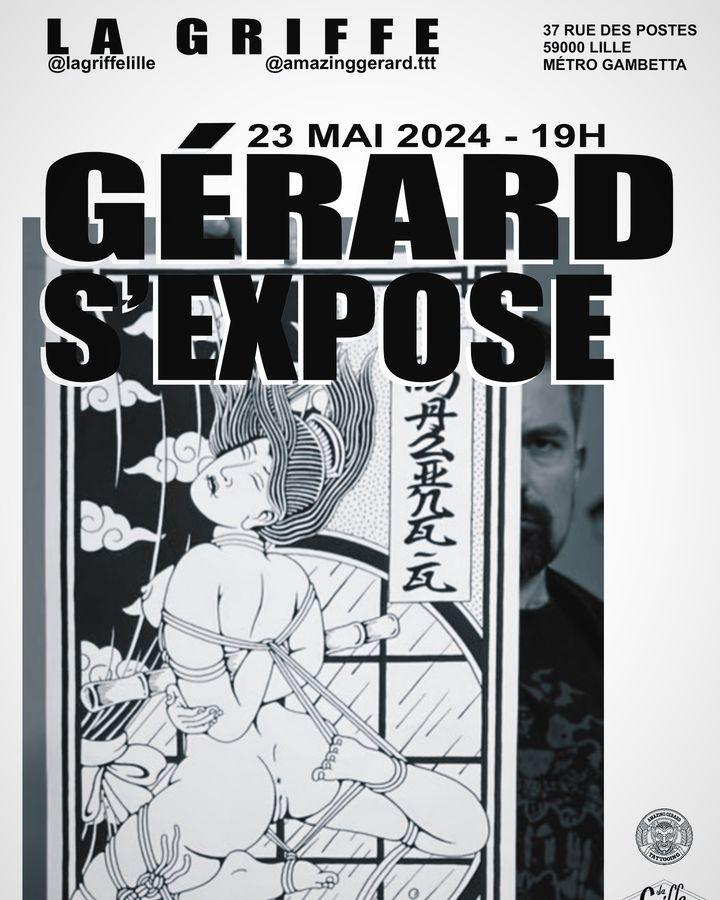Good to know before putting a ring on your helix
We are almost systematically asked to put a ring as a piece of jewelry at the level of the helix, the nostril, in short, the cartilages in general. And our answer is always the same: no ring as a piece of jewelry, and no ring before 6 months of healing.
We will take the time of these few lines to explain to you the why and how:
First of all, it's really not to upset you personally that we made this choice. Because yes, there is no law on this subject and it is therefore an ethical choice to make on the part of the piercer. This explains why some “pros” offer rings as installation jewelry and others do not, there is no clear consensus. We will therefore explain our choice to you and why we are inflexible on this subject.
However, we agree to suggest putting a ring for the lobe (no cartilage) or for the septum (not in the cartilage either).
But then, why do we refuse?
Firstly because of the swelling caused by the piercing, a stage we all go through to different degrees. We place a bar larger than the one that will need to be placed when the piercing is stabilized. A bar allows the ear or nostril to swell quietly without compression and therefore without complications.

With a ring it is much less effective, especially since most of the time we are asked for the smallest rings possible, which can be dangerous in the event of swelling in the first days. The ear will be too compressed, there may be pain, feelings of heat, lymph galore and so on, all because of a piece of jewelry that is too small Vs the ear which swells.
You could put a very large ring on it to counter this effect, but no one wants a huge ring on their nose/ear!
The main reason for “why not a ring” is... a question of angle! It doesn't matter if you skipped maths, it's not hard to pick up, I promise. 
The ring exerts constant pressure on the ends of the canal, unlike a bar. If you have trouble visualizing, the little diagram just below will help you ^^

This pressure can cause major problems with healing or even growths linked to the over-healing caused.
If you got pierced with a helix ring for example, there's a very good chance that you struggled for at least the first few months: that's normal! Healing a piercing, even with well-suited jewelry, can be complicated and uncertain, so you might as well put all the chances on your side by avoiding directly putting on a ring. 
There are obviously people who do it and who have no problems with cica and we keep coming back to the same point: we are speaking from a professional point of view, please do not use personal experience to make this a general truth.
Be careful, a piercing can take more than a year to heal, even if on the surface you will have the impression that everything is OK after a few weeks. A piece of jewelry changed too quickly can lead to complications and poor healing, which is why we ask all our piercing customers to come back to the shop after a month for a quick check-up, and to go to the less worries!
Also be careful not to sleep on your fresh piercing at the risk of diverting the canal as in one of the photos accompanying these few words.




